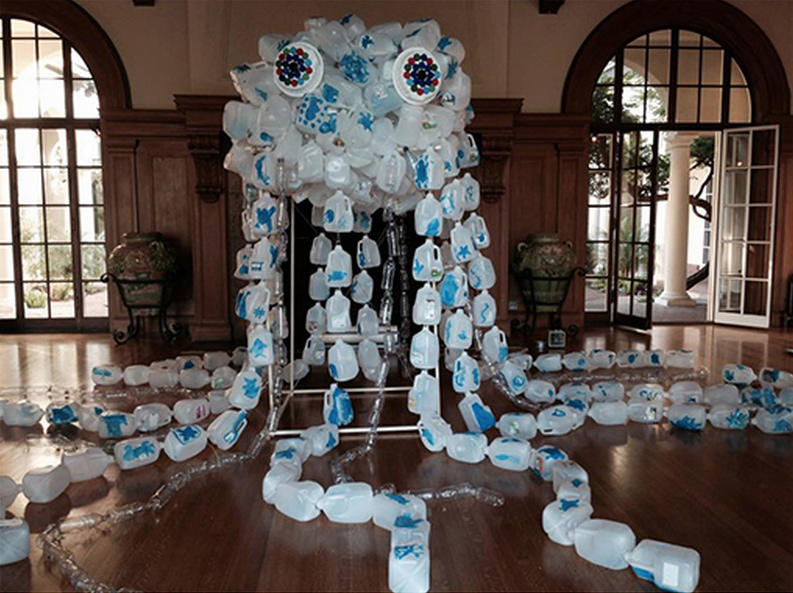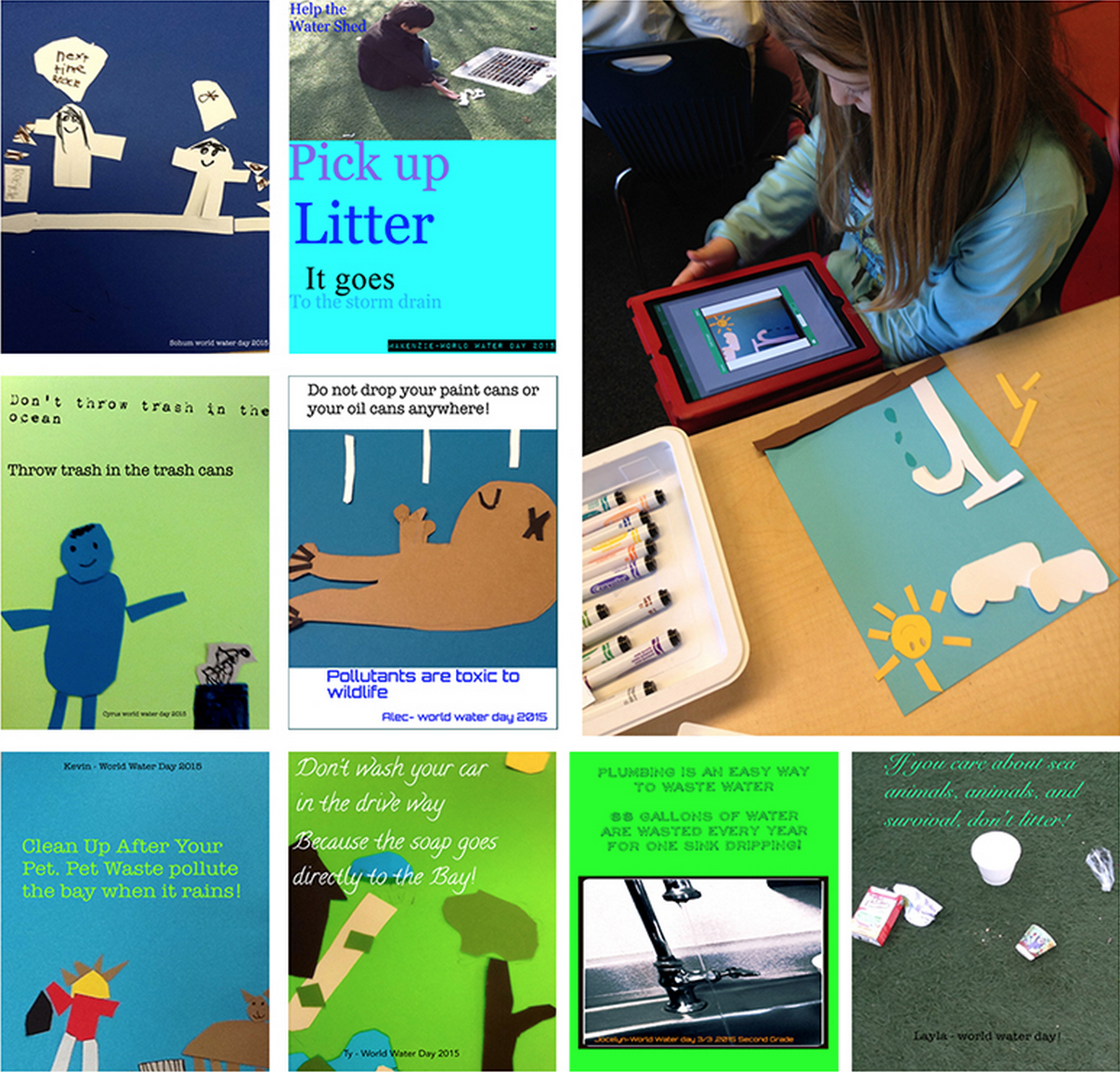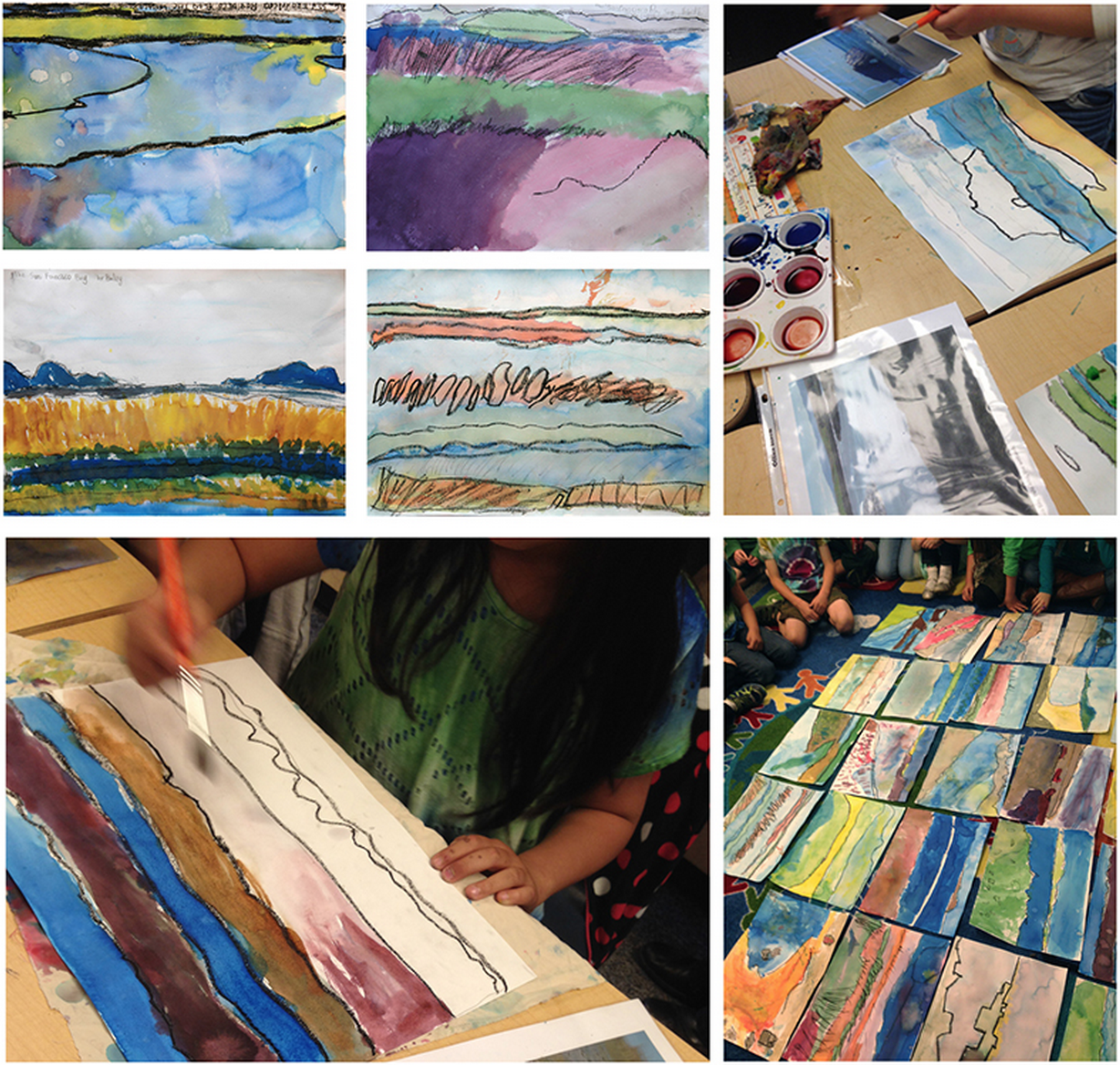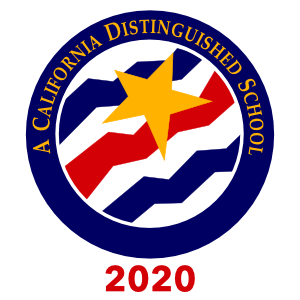The Water Project

An arts integration project across the curriculum with Montalvo Arts Center at Village Elementary, 2nd grade
This project was implemented for the first time at Village Elementary and was created in conjunction with the 2nd grade teachers Elizabeth Shepherd and Chris Woods.
In the context of the severe drought that California is going through, this 10 session project proposed to study different aspects of water and to sensitize students to the importance of water in many aspects of their lives.
During the ten weeks, students learned about water through Science, Social Science and Language Arts with their teachers. They learned about the water cycle, the weather, especially clouds, made inquiry charts, read poems, engaged in reading (for example, The Important Book about Water) and had class discussions about drought and water conservation. The students are now able to define groundwater and surface water and recognize examples of each, understand where their water comes from, and make their own water wells.
In the arts integration program, the students used different techniques like drawing, watercolor, digital exploration, video, writing, and construction. They used an array of tools and materials, like oil pastels, iPads, watercolor inks, soil, pebbles, sand, and recycled plastic containers. The students worked individually on some of the exercises, such as the watercolors, and collaborated on others, like when they built the “Plastic Monster.”
During the first session, Anthony Ortega (West Valley Clean Water Program) presented the concept of a watershed and how our actions/ choices can impact our environment, both positively and negatively. Then I introduced the ten-session projects with a short presentation, without revealing the different exercises along the journey on which we were about to embark.

MAKING A POSTER-FLYER WITH AN IPAD: UNDERSTANDING THE WATERSHED
Where does our water come from? and where does it go? The students used the information they learned about preventing water pollution and conserving water to make their own poster using a poster app on their iPads.
The other topics in this curriculum are:

WATERCOLORS FROM THE BAY AREA: UNDERSTANDING THE VARIETY OF OUR WATERSCAPES
Each student studies/observes a different photograph of a waterscape: Pacific coast, creeks, delta, bay, wetlands. In the end, the class had a discussion about the diversity of the waterscapes and their features. For this exercise we used a traditional technique.
DATA VISUALIZATION: UNDERSTANDING OUR WATER CONSUMPTION
The majority of the water we use is hidden in what we eat. How much water do we really use daily? When do we use water the most? The students worked in groups to create data visualization to understand the different amounts of water needed to grow/produce different food. In this exercise, the students use graphic design basics to represent data.
THE PLASTIC MONSTER: UNDERSTANDING THE CONSEQUENCES OF OUR PLASTIC CONSUMPTION/MAKING A COLLECTIVE SCULPTURE AS AN ART STATEMENT
The plastic pollution in the oceans is extremely important and is a growing problem for many marine species. We need to reduce our plastic consumption and to recycle better. The students gathered the plastic containers they used at home. With all the containers, they created a Plastic Monster. The students worked in groups, they had to engineer the monster, and think about ways to attach the containers together. In the end, the groups attached the different parts together.


